Canna lilies are known for their stunning appearance, making them a popular choice for gardens and landscapes. These plants have large, paddle-shaped leaves that add a tropical touch to any setting. The foliage of canna lilies comes in a range of colors, from vibrant green to deep purple, bronze, or even red. This variety in leaf color allows for interesting combinations and contrasts with other plants in the garden.
No products found.
Appearance of Canna Lilies
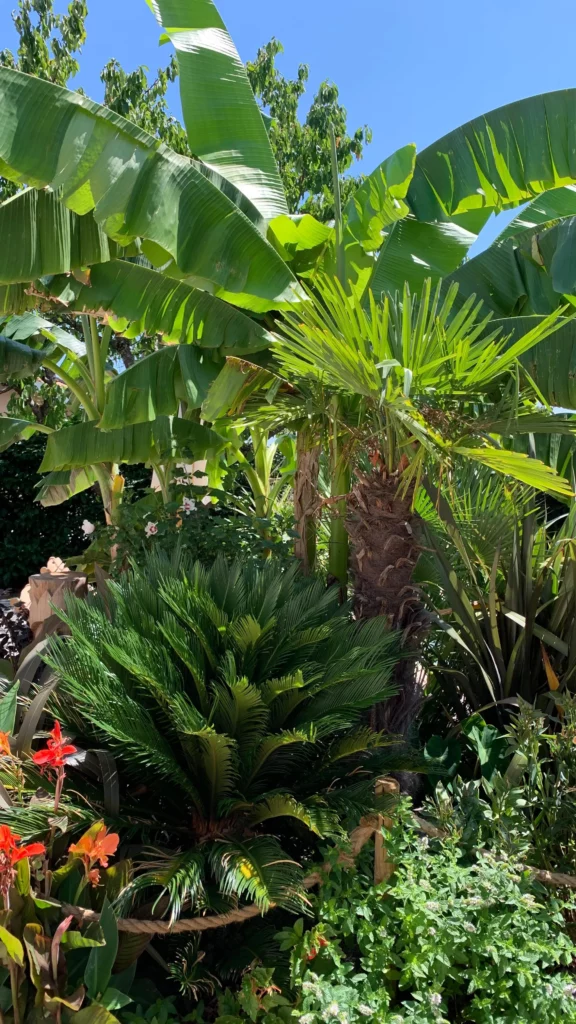
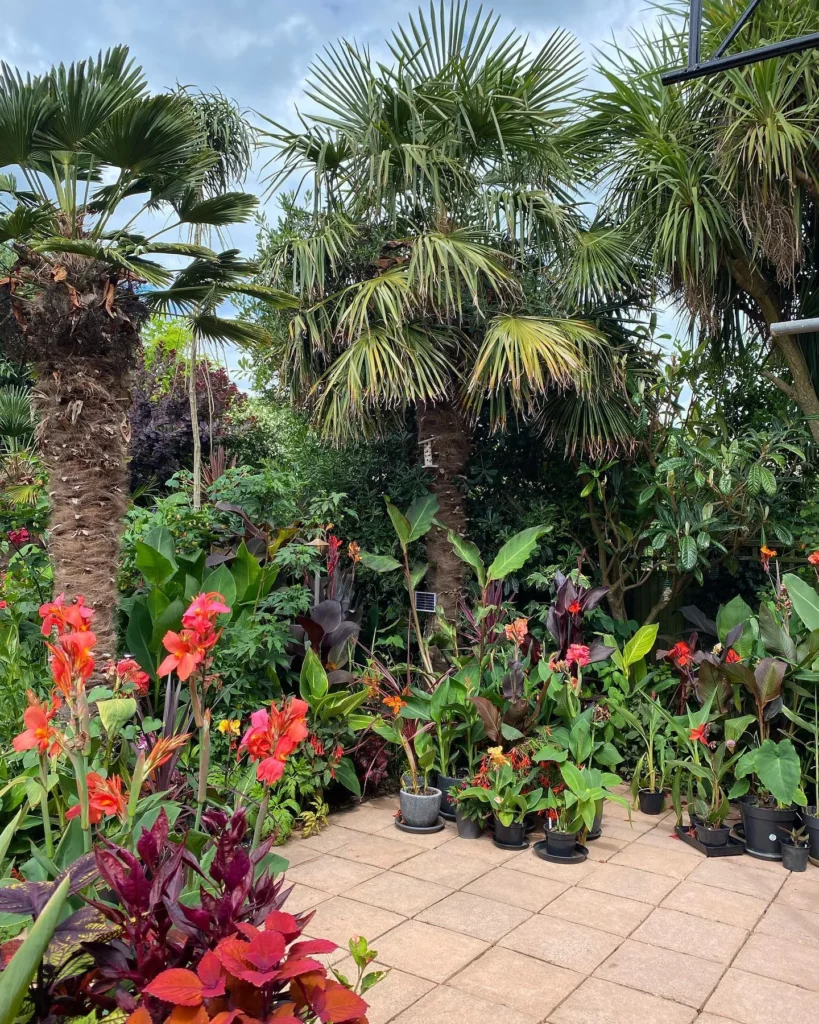

One of the most captivating aspects of canna lilies is their flowers. When in bloom, canna lilies produce eye-catching and vibrant flowers that come in a wide range of colors. You can find canna lilies with flowers in shades of yellow, red, pink, scarlet, orange, or creamy white. Some cultivars even have bi-colored or multi-colored blooms, further enhancing their visual appeal.
No products found.
Whether it’s the impressive foliage or the striking flowers, canna lilies are sure to make a bold statement in any garden or landscape. Their unique appearance adds an element of drama and beauty, making them a favorite among gardeners and plant enthusiasts.
Light Requirements for Canna Lilies
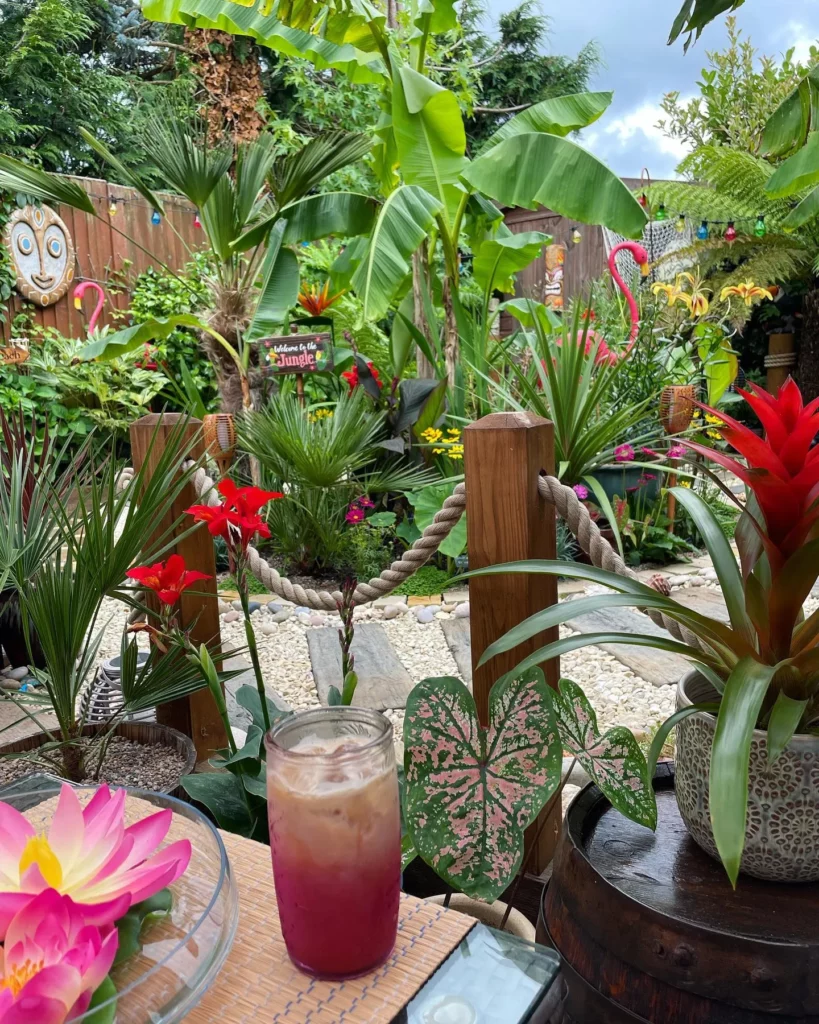
Canna lilies are sun-loving plants that thrive in bright, direct sunlight. Providing them with the right amount of light is essential for their overall development and vitality.
No products found.
Full Sun:
Canna lilies are happiest when grown in full sun. They require at least 6 to 8 hours of direct sunlight each day to ensure optimal leaf color and robust flower production. Placing them in a sunny spot in your garden or on a sunny patio will help them thrive.
Light Shade:
While canna lilies prefer full sun, they can tolerate some light shade as well. In hotter regions or areas with intense afternoon sun exposure, providing a bit of shade during the hottest part of the day can help prevent the foliage from getting bleached or scorched.
Watering Canna Lilies
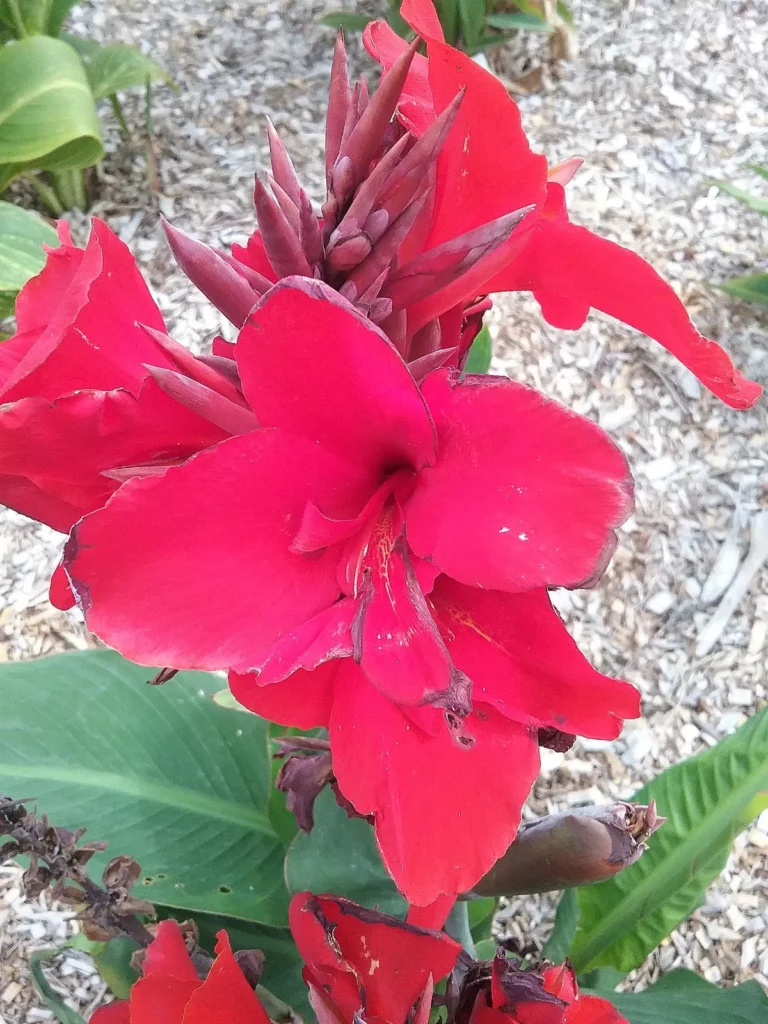

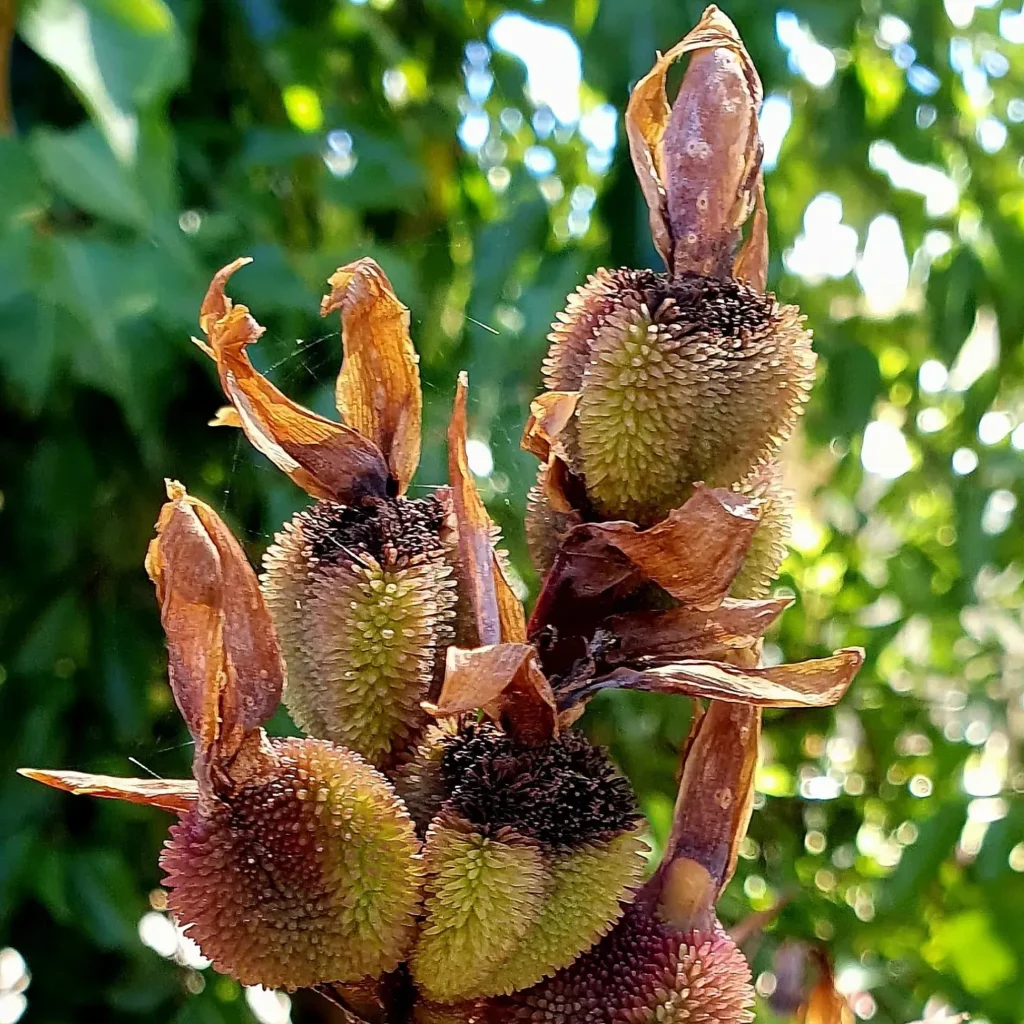
Canna lilies are water-loving plants that thrive when provided with consistent moisture. Proper watering is essential for their growth and overall health. Here are some important tips to keep your canna lilies well-hydrated:
No products found.
- Regular watering: During the growing season, canna lilies should receive 1 to 2 inches of water per week. This ensures that the plants have enough moisture, especially during dry spells.
- Container care: If you are growing canna lilies in containers, they may require more frequent watering compared to those planted in the ground. Containers tend to dry out faster, so keep an eye on the soil moisture and water when needed.
- Consider their natural habitat: Canna lilies are often found growing near or partially submerged in water in their native habitat. They have adapted to tolerate slightly wet conditions, so don’t be afraid to provide ample water for their optimal growth.
Fertilizing Canna Lilies

To ensure vibrant blooms and lush foliage, proper fertilization is essential for canna lilies. Here are some tips to help you fertilize these beautiful plants effectively:
No products found.
-
Incorporate plenty of compost or organic matter into the soil at the time of planting. This will provide the canna lilies with essential nutrients and improve soil fertility.
-
Use a controlled-release fertilizer when planting canna lilies. This slow-release formula will provide a steady supply of nutrients over an extended period, promoting healthy growth and blooming.
-
For container-grown cannas, it’s beneficial to supplement the soil with a water-soluble plant food starting in midsummer. This will provide additional nutrients to support vigorous growth and vibrant blooms.
-
Make sure to follow the manufacturer’s instructions for the fertilizer application rates and frequency. Avoid over-fertilizing, as excessive nutrients can lead to burned foliage or poor flower production.
-
Regular fertilization is key to help canna lilies reach their full potential. Plan a feeding schedule to ensure consistent nutrient supply throughout the growing season.
Potting Canna Lilies

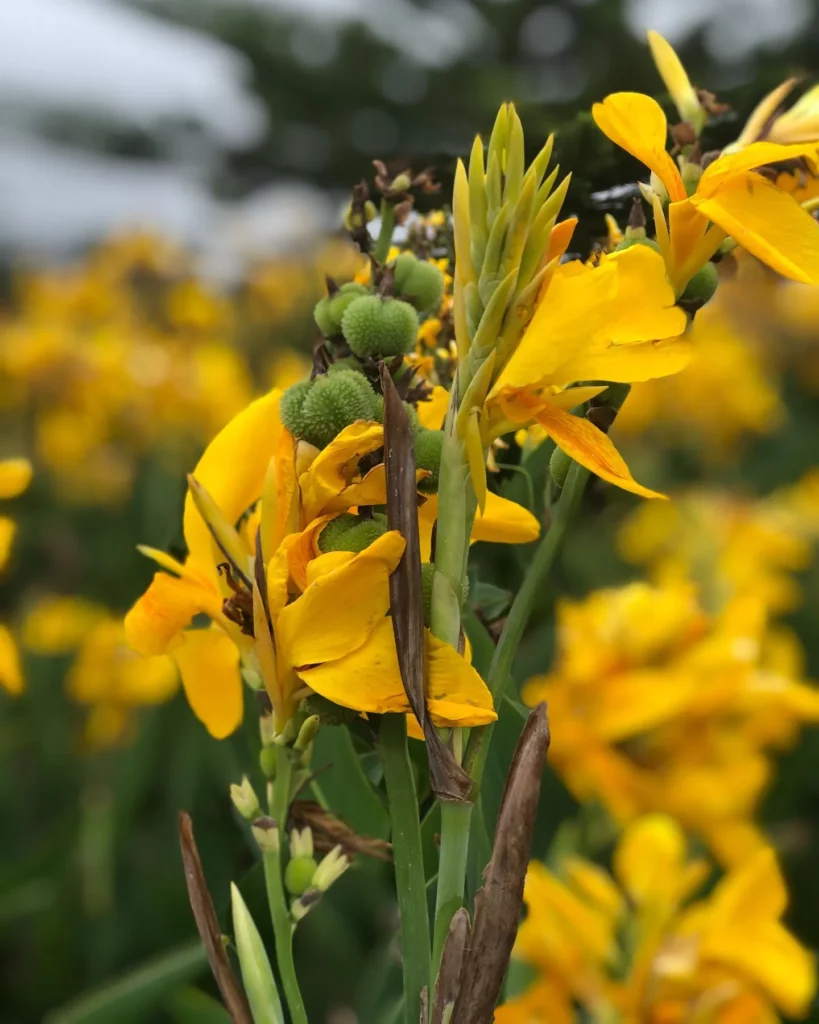

If you are growing canna lilies in containers, it’s important to choose the right pot to ensure their healthy growth. Opt for a large pot that allows the roots to spread and provides ample space for the plant to thrive. A container with a diameter of at least 18 inches is recommended, unless you are planting a dwarf canna variety.
To meet the high water requirements of cannas, consider using self-watering containers. These containers have built-in reservoirs that provide consistent moisture to the plants, reducing the need for frequent watering.
No products found.
It’s crucial to use a well-draining potting mix when potting canna lilies. This type of mix allows excess water to drain away, preventing waterlogged soil that can lead to root rot. You can also add perlite or vermiculite to improve drainage.
When potting canna lilies, make sure to position the rhizomes just above the surface of the soil. Avoid burying them too deeply as this can hinder their growth. Once potted, place the containers in a sunny spot where the plants can receive at least 6 to 8 hours of direct sunlight daily.
Potting cannas gives you the flexibility to move them around the garden or even bring them indoors during the winter months, allowing you to enjoy their vibrant blooms year after year.
Propagation of Canna Lilies
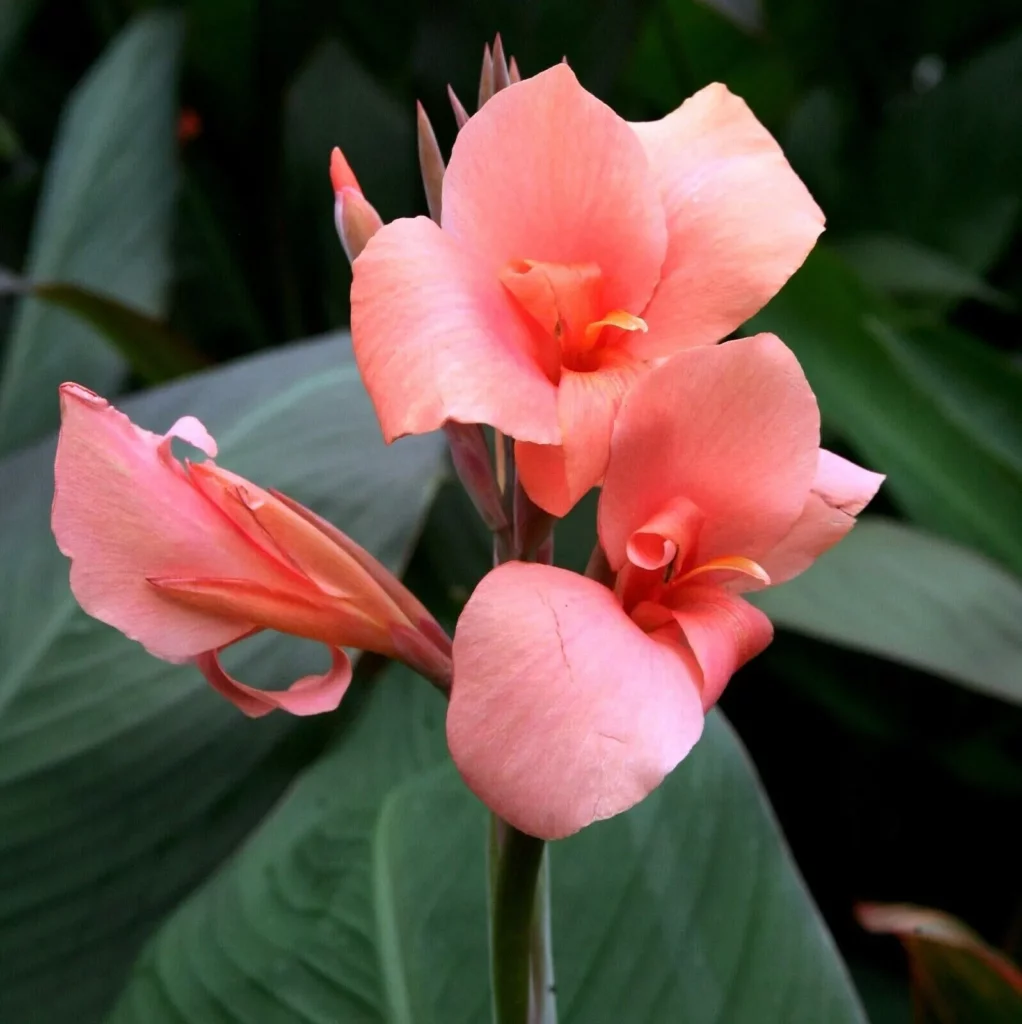
If you want to expand your collection of canna lilies or share them with fellow gardening enthusiasts, propagation is the way to go. Canna lilies can be easily propagated through division in spring or by digging up rhizomes that have been overwintered outdoors.
Division: To propagate canna lilies through division, start by selecting healthy rhizomes with at least two or three growing points. Carefully dig up the clump of canna lilies and gently separate the individual rhizomes. Pot each divided rhizome in a well-draining soil mix, ensuring that the shoots are just above the surface. Keep the newly potted rhizomes in a warm and well-lit area until they establish roots and show signs of new growth.
Seed Propagation: While division is the preferred method of propagation, canna lilies can also be grown from seeds. However, it’s important to note that plants propagated from seeds may not come true to type, meaning they may not exhibit the exact characteristics of the parent plant. To propagate canna lilies from seed, collect ripe seeds from the dried flower heads and sow them in seed-starting trays filled with a well-draining soil mix. Keep the trays in a warm and well-lit environment, and ensure the soil remains evenly moist. Once the seedlings have developed a few sets of leaves, they can be potted up individually and grown on until they reach transplant size.
Growth and Development of Canna Lilies

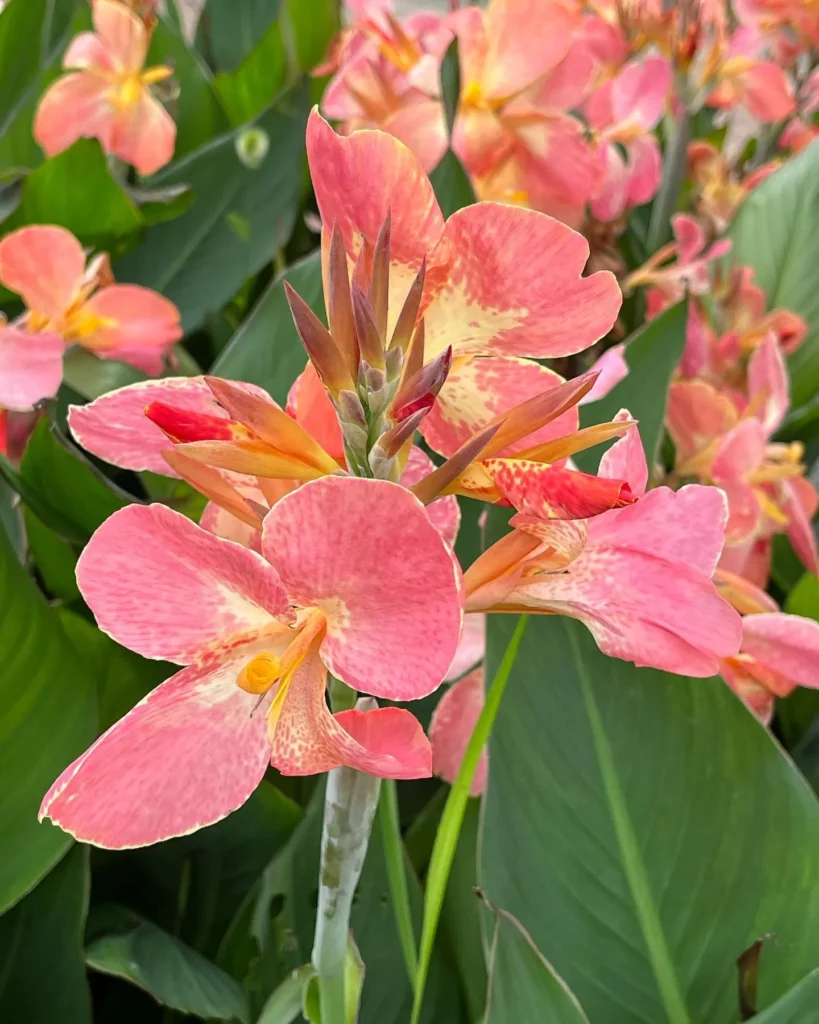
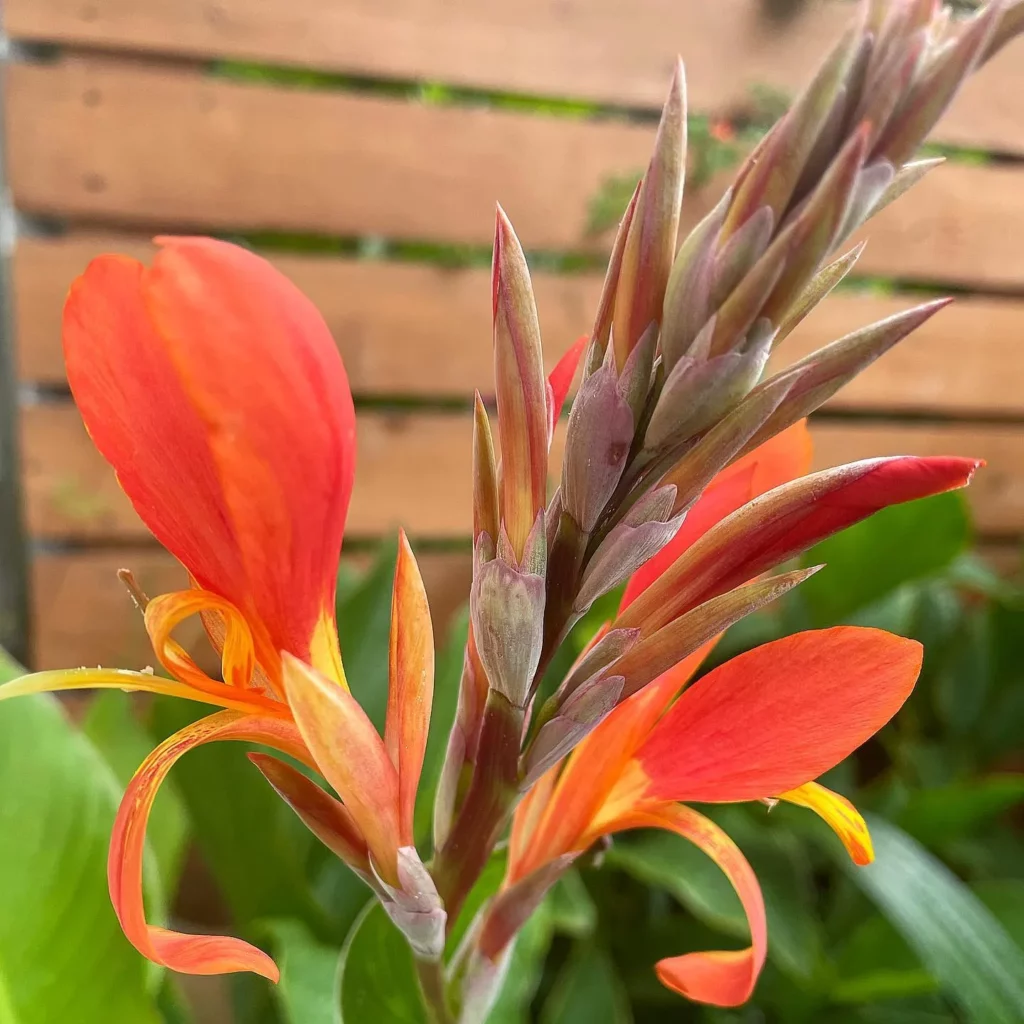
Canna lilies are fascinating plants that undergo a remarkable growth and development process. They emerge from rhizomes, which are underground stems responsible for their propagation and survival. In the dormant season, garden centers or nurseries offer rhizomes for purchase in convenient bags. Additionally, potted cannas can be readily found during the summer season.
When planting canna rhizomes, it’s essential to ensure that the shoots are positioned just above the surface of the soil. This will allow them to receive the necessary sunlight for growth. If you are using pots, placing them in a heated greenhouse until signs of growth appear can help create an ideal environment for development.
Once established, canna lilies have the potential to reach impressive heights of up to 6 feet. Their robust growth is accompanied by the production of spectacular blooms, adding a touch of vibrant beauty to any garden. With proper care and attention, your canna lilies will showcase their full potential, becoming a stunning focal point in your outdoor space.
Pests and Diseases of Canna Lilies

Canna lilies, when grown under the right conditions, are generally trouble-free. However, they can be susceptible to a few pests and diseases that can hinder their growth and overall health.
One common pest that can affect canna lilies is the presence of slugs, snails, and Japanese beetles. These pests can chew on the foliage and flowers, causing damage to the plant.
However, the most destructive pest for canna lilies is the canna leafroller. This caterpillar feeds and pupates inside rolled-up leaves, leading to significant damage to the foliage. To control the canna leafroller, it’s important to remove affected foliage and manually remove the caterpillars from the plant.
In addition to pests, canna lilies can also be affected by canna virus. It is crucial to source plants from virus-free suppliers to prevent the spread of this disease. Infected plants may show symptoms such as mottled leaves, stunted growth, and deformed flowers.
Best Canna Lilies to Grow

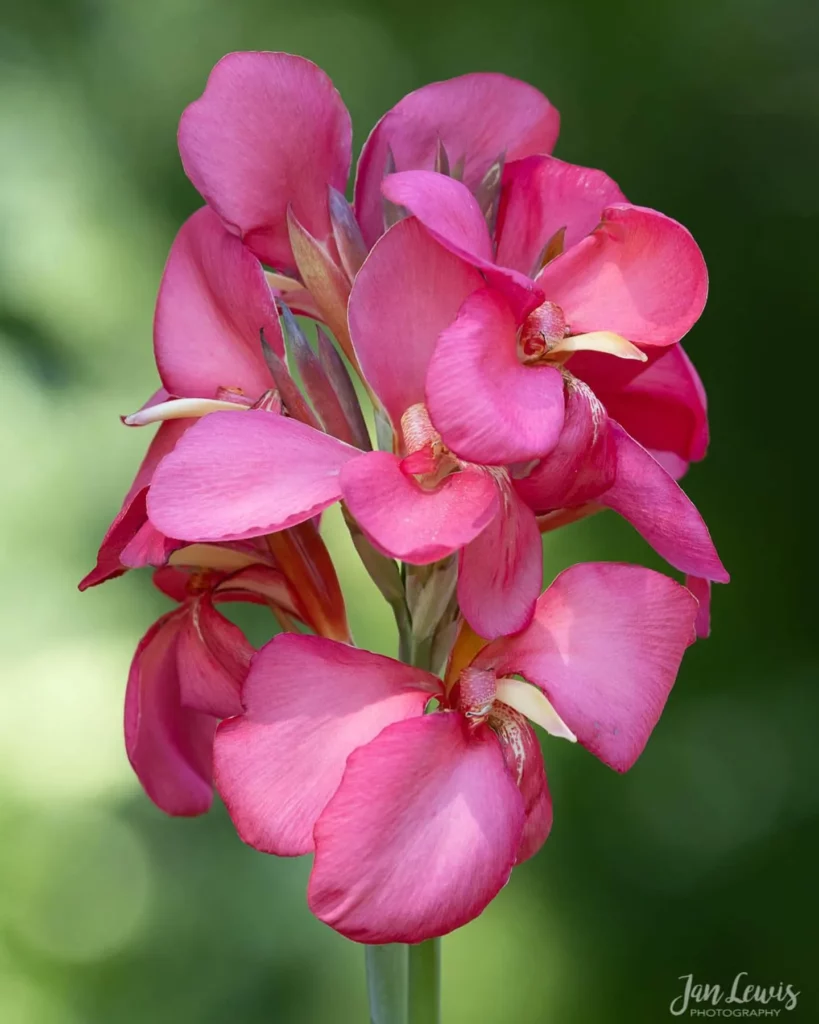
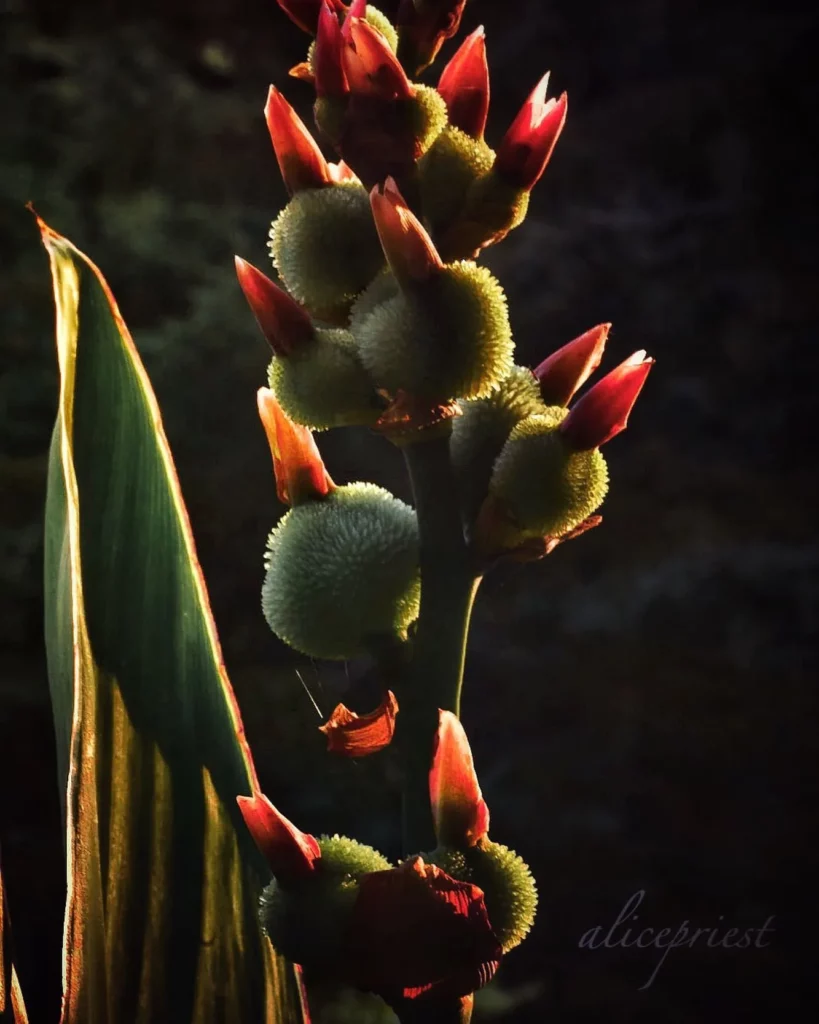
Canna lilies are a popular choice for adding vibrant color and striking foliage to your garden. Here are some of the best varieties of canna lilies that are sure to make a statement:
- ‘Mystique’: This variety features red-purple leaves and stunning shocking pink flowers. Its bold colors will surely catch the eye and add drama to your garden.
- ‘Lincroft’: With its yellow flowers and charming pink spots, ‘Lincroft’ is a unique and delightful choice. It adds a touch of playfulness and whimsy to any garden setting.
- ‘Eric Neubert’: For a truly dramatic look, consider ‘Eric Neubert’ with its intense bronze-green foliage and blazing orange-red flowers. This variety demands attention and adds a fiery touch to your garden.
- ‘Ambassador’: If you prefer a softer color palette, ‘Ambassador’ is an excellent choice. It showcases creamy-orange flowers that bring a touch of elegance to any landscape.
- ‘Striata’: For a unique and eye-catching display, ‘Striata’ features yellow-striped leaves and striking orange flowers. This variety adds a beautiful contrast and a sense of flamboyance to your garden.
Where to Buy Canna Lilies
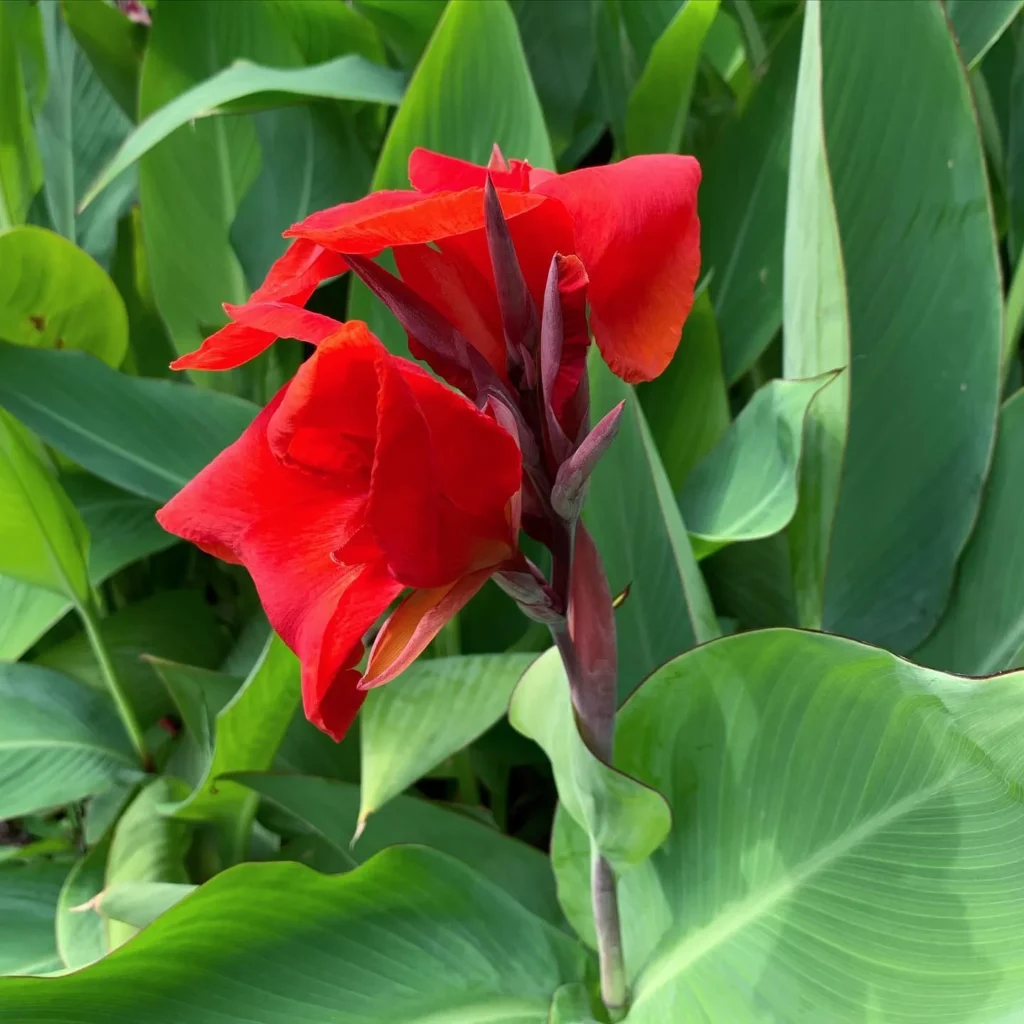

Canna lilies are a stunning addition to any garden, with their vibrant foliage and colorful blooms. If you’re looking to buy canna lilies for your garden, there are several sources where you can find healthy and high-quality plants.
One option is to visit local garden centers and nurseries. They often carry a variety of canna lilies, allowing you to see and select the plants in person. This gives you the opportunity to assess the quality of the plants and ask questions to knowledgeable staff members who can provide guidance on care and maintenance.
If you prefer the convenience of online shopping, there are several reputable online retailers that offer a wide range of canna lilies. Thompson & Morgan and Primrose are popular choices, known for their extensive selection of plants. Todd’s Botanics and Hart Canna are also trusted sources, providing healthy canna lilies that are ready to be shipped directly to your doorstep.
When buying canna lilies, it’s important to choose virus-free suppliers. This ensures that the plants are free from canna virus, which can cause significant damage to the foliage and overall health of the plants. By purchasing from reputable sources, you can have peace of mind knowing that you’re investing in healthy canna lily plants that will thrive in your garden.
FAQ
How do I care for my Canna Lily?
To care for your Canna Lily, plant it in a rich, moisture-retentive soil in full sun or light shade. Water regularly, especially during dry spells, and deadhead to prolong flowering. Provide fertilization with compost or organic matter and a controlled-release fertilizer. Choose a large pot for container-growing with well-draining soil and ample space for growth. Propagate through division or by digging up rhizomes. Watch out for pests such as slugs, snails, and canna leafrollers, and source plants from virus-free suppliers. Consider popular varieties like ‘Mystique,’ ‘Lincroft,’ ‘Eric Neubert,’ ‘Ambassador,’ and ‘Striata.’ You can buy Canna Lilies from various sources like garden centers, nurseries, and online retailers like Thompson & Morgan and Primrose.
What does a Canna Lily look like?
Canna Lilies have large, paddle-shaped leaves that can come in different colors like green, dark purple, bronze, or red. The flowers of Canna Lilies are striking and can be yellow, red, pink, scarlet, orange, or creamy white. Some cultivars even have bi- or multi-colored blooms.
What are the light requirements for Canna Lilies?
Canna Lilies thrive in full sun but can tolerate light shade. They need at least 6 to 8 hours of direct sunlight daily for good leaf color and flower development. However, in hotter climates, some afternoon shade may prevent the foliage from bleaching. It’s crucial to choose a location that receives adequate sunlight for healthy growth and flowering.
How often should I water my Canna Lilies?
Canna Lilies are water-loving plants and require consistent moisture to thrive. During the growing season, they should receive 1 to 2 inches of water per week, particularly during dry spells. If growing in containers, more frequent watering may be necessary to prevent the soil from drying out. They can tolerate slightly wet conditions, as they are often found growing near water in their native habitat.
How do I fertilize my Canna Lilies?
To fertilize your Canna Lilies, incorporate plenty of compost or organic matter into the soil at planting time, along with a controlled-release fertilizer. Container-grown cannas can benefit from additional feedings with a water-soluble plant food from midsummer. Regular fertilization will help the plants reach their full potential and produce vibrant blooms.
How should I pot my Canna Lilies?
If growing Canna Lilies in containers, choose a large pot that allows the roots to spread and supports the plant’s growth. A container with a diameter of at least 18 inches is recommended unless you are planting a dwarf variety. Self-watering containers are ideal for their high water requirements. Use a well-draining potting mix and ensure ample space for growth.
How can I propagate Canna Lilies?
Canna Lilies can be propagated through division in spring or by digging up overwintered rhizomes. When dividing, select rhizomes with at least two or three growing points and pot them on. It’s also possible to grow them from seed, although the resulting plants may not be true to type. Division and rhizome cuttings are the more common methods of propagation.
How do Canna Lilies grow and develop?
Canna Lilies grow from rhizomes, which are underground stems. You can purchase rhizomes in bags from garden centers or nurseries during the dormant season. In summer, potted cannas are also readily available. When planting rhizomes, ensure the shoots are just above the surface and place the pots in a heated greenhouse until signs of growth appear. Once established, Canna Lilies can reach heights of up to 6 feet and produce spectacular blooms.
What pests and diseases affect Canna Lilies?
Canna Lilies can be affected by pests such as slugs, snails, Japanese beetles, and the canna leafroller. The most destructive pest is the canna leafroller, a caterpillar that feeds and pupates inside rolled-up leaves, causing damage to the foliage. Control measures include removing affected foliage and manually removing the caterpillars. Canna Lilies can also be affected by canna virus, so it’s crucial to source plants from virus-free suppliers.
What are the best varieties of Canna Lilies to grow?
There are several stunning varieties of Canna Lilies available, including ‘Mystique’ with red-purple leaves and shocking pink flowers, ‘Lincroft’ with yellow flowers and pink spots, ‘Eric Neubert’ with intense bronze-green foliage and blazing orange-red flowers, ‘Ambassador’ with creamy-orange flowers, and ‘Striata’ with yellow-striped leaves and orange flowers.
Where can I buy Canna Lilies?
Canna Lilies can be purchased from various sources such as garden centers, nurseries, and online retailers like Thompson & Morgan, Primrose, Todd’s Botanics, and Hart Canna. It’s important to choose reputable sources to ensure you have healthy and high-quality plants for your garden.




